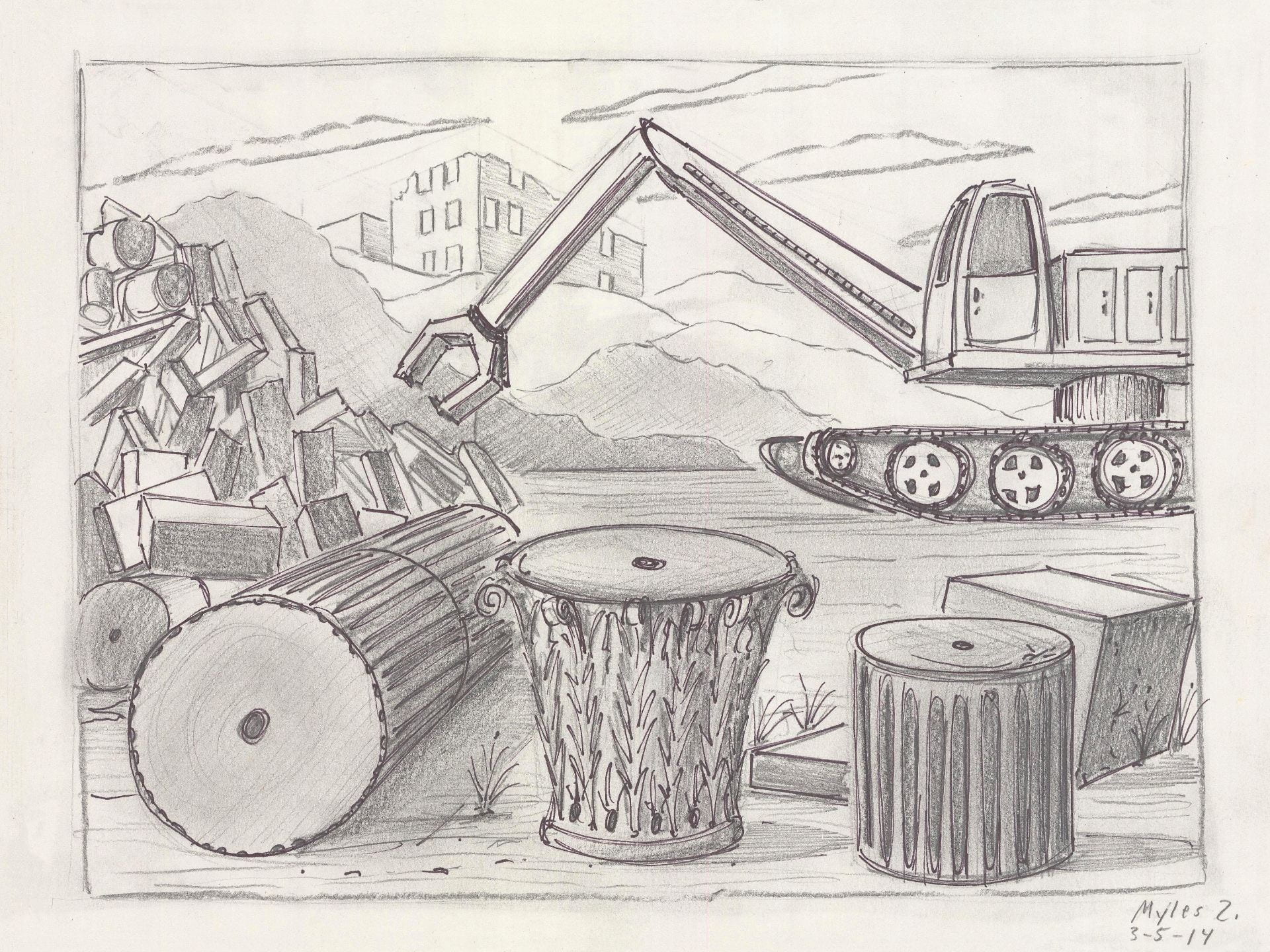This short film features Anchor Stone Blocks. They are a unique set of vintage, German-made, modular, stone building blocks from the late nineteenth century.
.
.
.










.
.
.


.
.










.





.
.





.
.






































.

.
.


.
.
.
.